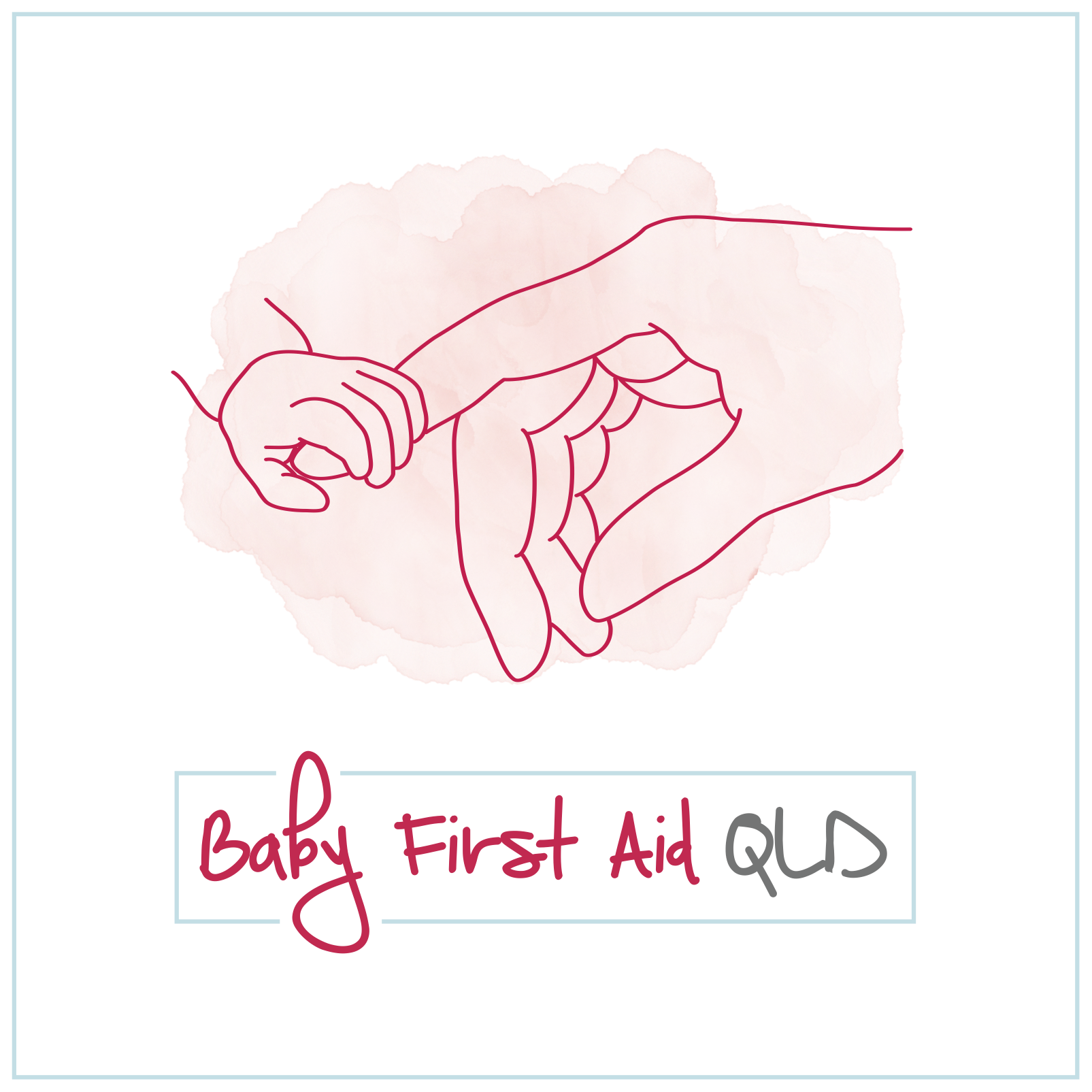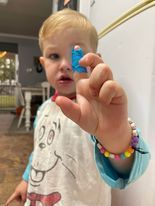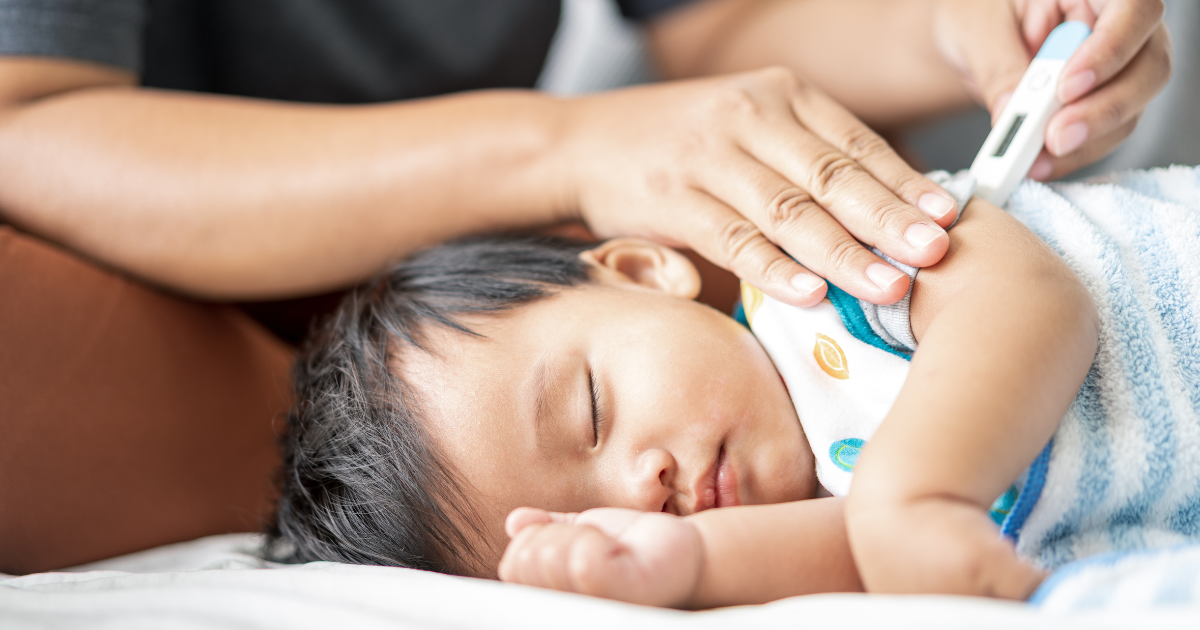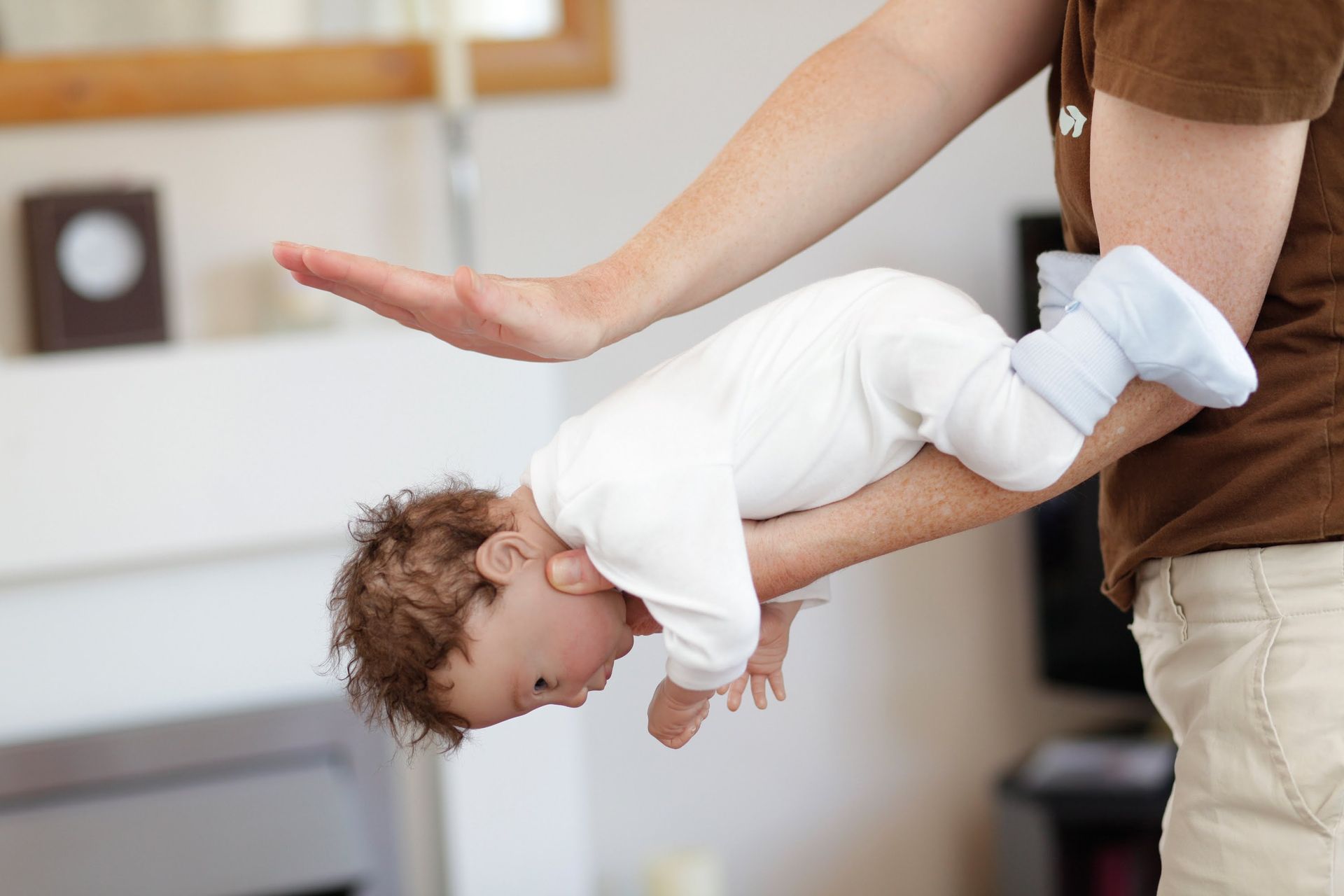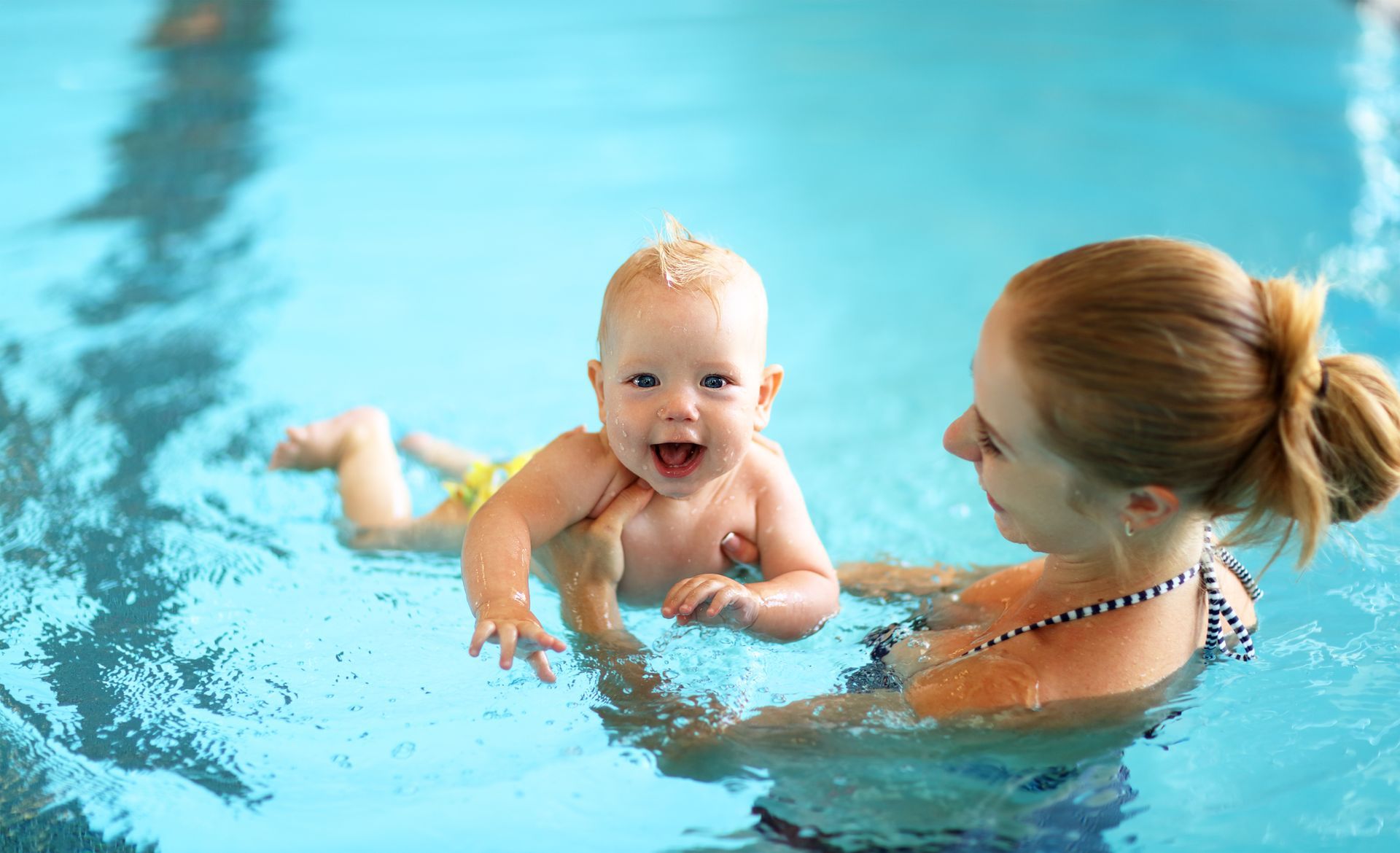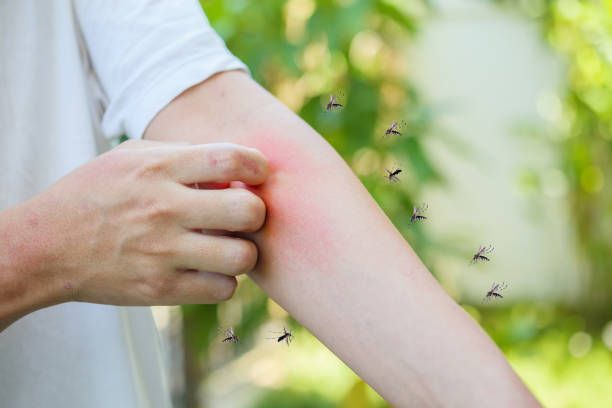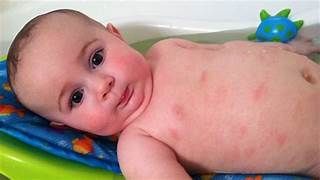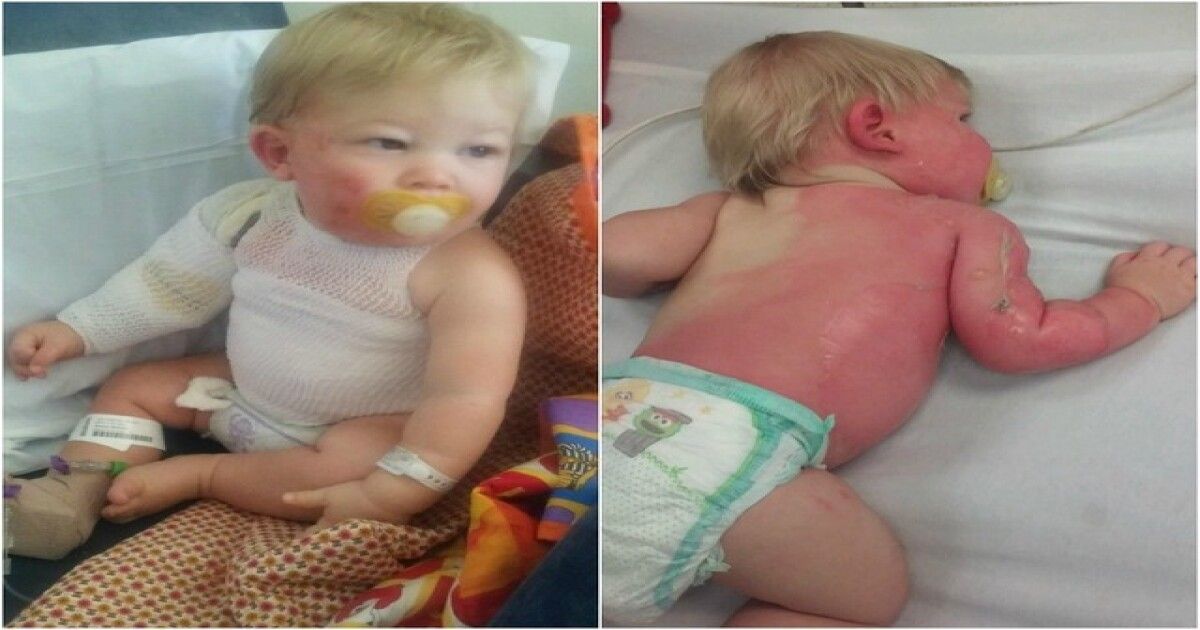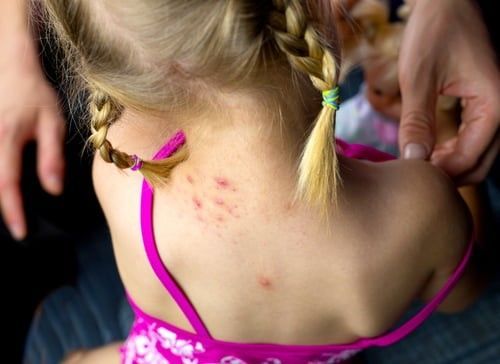The Danger of Household Objects: First Aid for Pinched Fingers, Trapped Limbs, and Minor Crushing Injuries
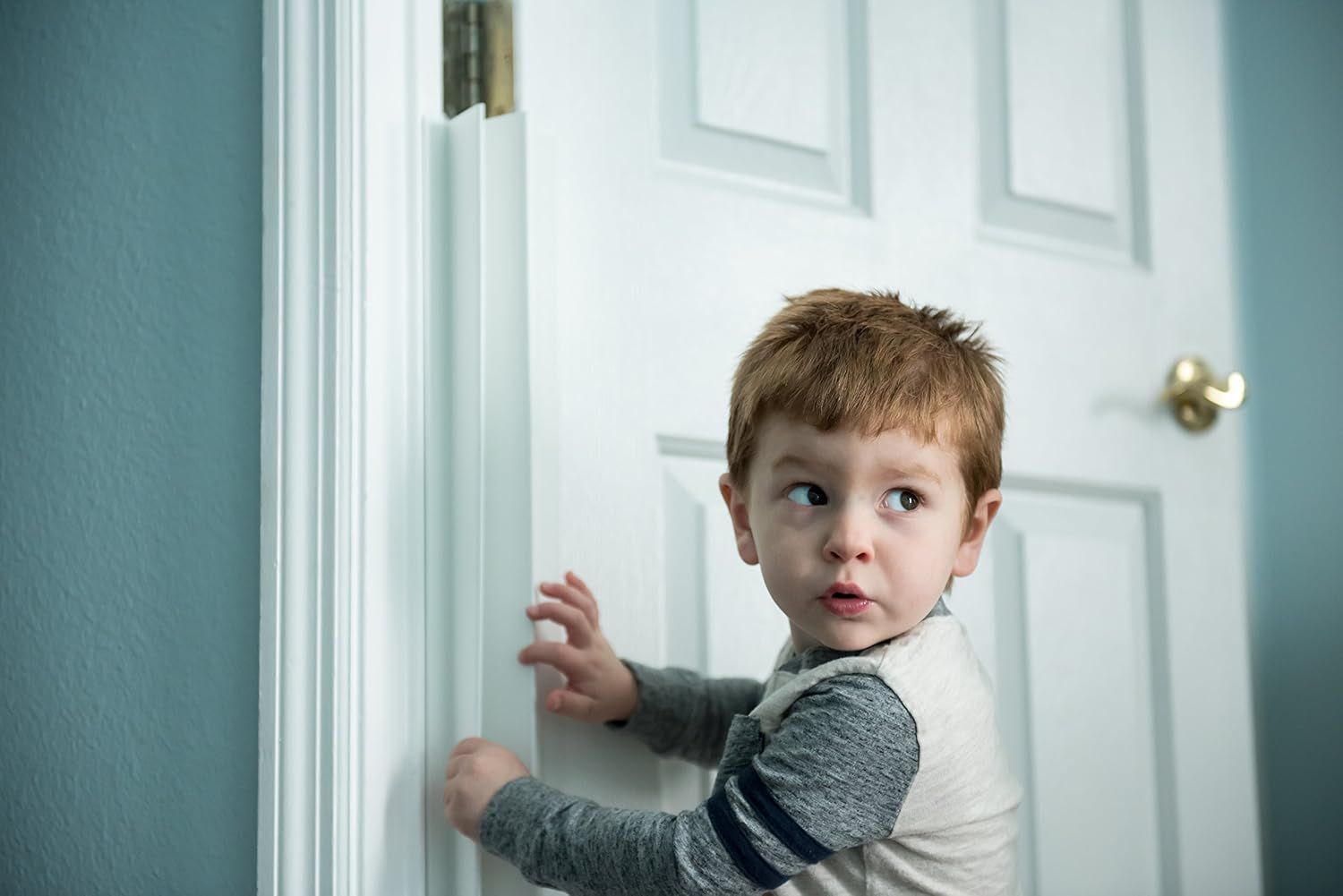
The moment a baby starts moving is exhilarating, but it also opens up a world of potential hazards right inside your home. Common household items, doors, drawers, crib rails and floor-level appliances become tools for painful, often traumatic, minor injuries like crushed fingers or trapped limbs.
While the sound of your child’s scream is enough to panic any parent, knowing the immediate first aid response can drastically reduce pain, swelling, and the risk of permanent damage.
1. Pinched or Crushed Fingers
Fingers and toes are the most common victims of household accidents, often involving doors, heavy drawers, or falling objects. The key risk here is internal damage, swelling and injury to the nail bed.
Immediate Action Plan:
- Safety First: If the finger is still trapped, release it quickly but gently. Assess the immediate injury.
- Control Pain and Swelling (RICE): The goal is rapid cooling. Immediately run the affected finger or toe under cool, not freezing, running water or wrap it in a thin cloth and apply an ice pack. Continue this for 10 to 20 minutes.
- Elevation: Keep the injured hand or foot elevated above the level of the heart to help reduce swelling.
- Check for Bleeding: If there is blood under the fingernail (a subungual hematoma), it looks scary, but usually resolves on its own. If the bleeding is severe or the nail looks completely detached, seek medical advice.
When to See a Doctor IMMEDIATELY:
- The finger is deformed, bent at an unusual angle, or you suspect a break or fracture.
- The child has completely lost sensation or cannot move the finger.
- There is a deep laceration or the nail is entirely ripped off the nail bed.
2. Trapped or Entangled Limbs
This often occurs when curious babies stick arms, legs, or heads between railings (like crib sides, playpen slats, or banisters). The risk is restricted blood flow or strain injury.
Immediate Action Plan:
- Stay Calm: Panic can make you pull too hard. Speak soothingly to your child.
- Use Lubrication: If a limb is stuck (e.g., between crib rails), try applying a small amount of soap or oil (like mineral oil or baby oil) around the area to reduce friction and gently slide the limb out.
- Check Circulation: Once the limb is free, check the circulation:
- Colour: Is the hand/foot pink?
- Temperature: Is it warm?
- Capillary Refill: Press the skin briefly; the colour should return instantly.
4. Monitor: If circulation was poor while trapped, monitor the limb closely for the next 24 hours for persistent coldness, blue discoloration, or
severe pain.
3. General Crushing Injuries
Minor crushing injuries, such as a large toy falling on a leg or an appliance door closing on a foot, require the same general cooling response as a pinched finger.
Key Takeaway: The Importance of Cool Compression
For almost any bump, crush, or pinch injury, the most immediate and effective first aid is the application of cold to limit swelling and pain. Always wrap ice or a cold pack in a cloth, and never apply ice directly to a baby’s skin.
Always trust your parental instincts. If the pain is relentless, the swelling is severe, or your child is inconsolable, seeking professional medical assessment is the safest course of action.
Disclaimer: The health information provided is for informational purposes only and is not intended to be a substitute for professional medical advice, diagnosis, or treatment. Always seek the advice of a qualified healthcare provider with any questions you may have regarding a medical condition.
